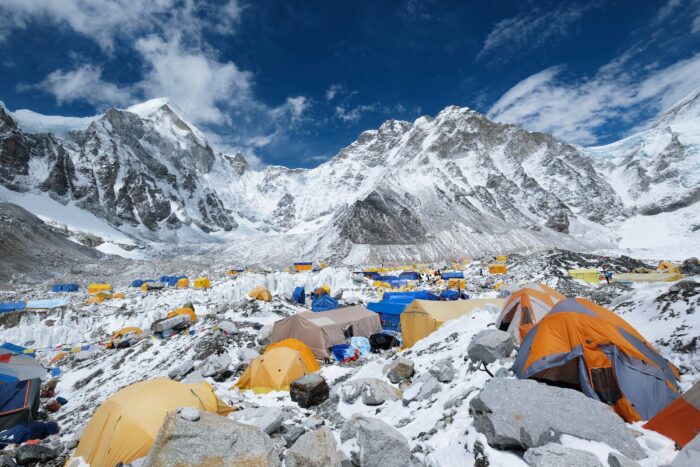I’ve tested many rock shoes labeled for indoor competition use, and sometimes, they didn’t excel outdoors. The Butora Gomi seemed like such a shoe. And it started becoming popular with strong climbers in my local gyms. But I shied away from testing yet another indoor-specific shoe.
I’m a curmudgeon about outdoor gear becoming increasingly one-dimensional. But my friends touted the Gomi’s ability on our local steep limestone, so I gave them a shot.
Although Butora doesn’t market the Gomi as an indoor competition climbing shoe, its features make it look the part. An aggressive downturn, high asymmetry, tight fit, rubber-covered upper, and softness all pointed to an indoor specialist.
After 2 months of constant use in the gym, on my home training boards, and outdoors, I’m happy to report that the Butora Gomi isn’t the indoor-only shoe I thought it would be.
In short: The Butora Gomi proved to be a sensitive, sticky, and tight but comfortable high-performance rock shoe that excelled indoors and outdoors. From toe-hooking on roofs to launching to the top of training boards, the Gomi was right at home on plastic. Outdoors, the shoe had just the right alchemy to attack steep and often slippery limestone sport climbs and boulder problems. The Butora Gomi proved to be a one-and-done high-end sport climbing and bouldering shoe.
- Upper materials: Leather and suede
- Lining: Microfiber
- Midsole: Rubber front, rubber heel .
- Outsole: NEO Fuse, 4mm
- Sizes: U.S. men's 4-14, half-sizes, 15 in wide Seagrass only
Pros
- Incredible fit for duck feet; available in two widths
- Soft and sensitive
- Great rubber outsole adhesion on plastic
- Excellent toe hooking
- Robust construction
Cons
- Low edging support
- Not supportive enough for long, vertical and slabby routes
Butora Gomi Review
Butora Gomi Fit

Performance in the Climbing Gym

Performance at the Crags and Blocs

Final Thoughts on the Butora Gomi












